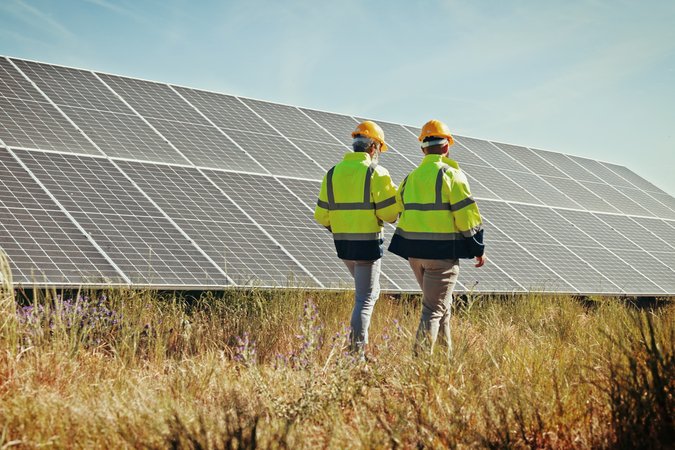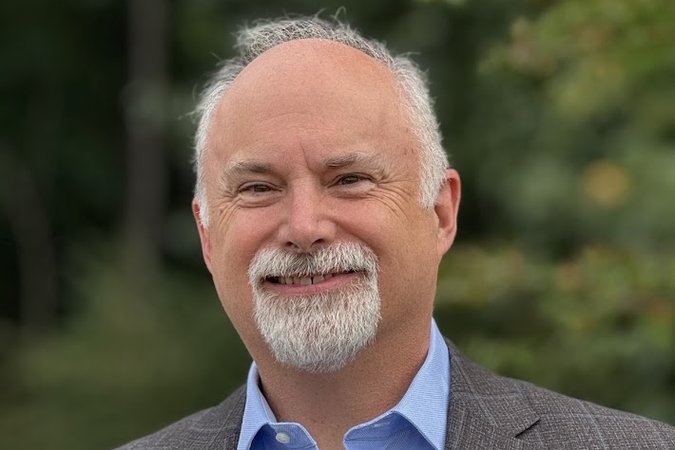Economics of Pollution Trading for SO2 and NOx
View Journal ArticleFor years economists have urged policymakers to use market-based approaches such as cap-and-tradeprograms or emission taxes to control pollution. The SO2 allowance market created by Title IV of the1990 U.S. Clean Air Act Amendments represents the first real test of the wisdom of economists’ advice.Subsequent urban and regional applications of NOx emission allowance trading took shape in the 1990s inthe United States, culminating in a second large experiment in emission trading in the eastern UnitedStates that began in 2003. This paper provides an overview of the economic rationale for emission tradingand a description of the major U.S. programs for sulfur dioxide (SO2) and nitrogen oxides (NOx). Weevaluate these programs along measures of performance including cost savings, environmental integrity,and incentives for technological innovation. We offer lessons for the design of future programs including,most importantly, those reducing carbon dioxide.
Authors

David Evans

Russell Toth






